Despite being known historically as expert storage integrators, Storage Solutions has a growing, dedicated team of professionals that all share a particular skill: they excel at eliminating costly walking and forklift travel in the fulfillment process.
The Storage Solutions Automation team has dramatically expanded in talent and experience over the past few years. With our strategic acquisitions of EMIT, Inc., and SNC Solutions, along with key additions in automation lifecycle services, e-commerce fulfillment specialists, and material flow design, we can now boast end-to-end in-house, turnkey capabilities.
While these additions may be new to SSI, each brings years – if not decades – of operational and engineering experience that form the foundation of every design and automation solution we provide our clients.
Operational experience means our salespeople have been on “the other side of the table” and know first-hand how theoretical solutions differ from practical solutions. Our engineers understand how detrimental improper integration can be to day-to-day operations within a facility.
Operational experience also means knowing that when a system is installed improperly, without adequate training and oversight, end-users will find a workaround. When workarounds are adopted or parts of the system aren’t properly utilized, it defeats the purpose of implementing a system.
If that shortcoming sounds familiar, it’s because it is a shared experience held by most of our team at previous places of employment when they were in our client’s shoes. And, because of the downsides of having that experience, we do everything we can to ensure it doesn’t happen to our clients.
This design, mechanical, and industrial engineering team also possesses decades of operational consulting experience in greenfield sites and retrofitting existing facilities. With such an array of experiences, we know first-hand the challenges operations managers face in virtually every environment. Challenges, including increased fulfillment expectations, rising costs, and a heavy dependence on labor, can all be dramatically reduced by introducing automated solutions.
“At our core, we believe that walking and forklift travel are the most detrimental activities in a warehouse,” explained Jason Blackney, Vice President of Automation Sales and Engineering. “We look for scalable solutions that reduce reliance on labor and optimize storage. Walking and forklift travel do none of those.”
How Do We Reduce / Eliminate Walking in a Warehouse?
Robotics: Did you know there are robotic solutions that offer pick rates of over 400 units per hour? Through partnerships with inVia Robotics and HAI Robotics we can introduce robotic solutions that are flexible and adaptable to changing business needs.
Conveyor: Conveyor systems, when integrated with sortation tools, can add a dynamic solution for logistics facilities challenged by SKU proliferation, increasing demand for products, and rising expectations on order times. We have expertise in design, installation, retrofitting, relocation, and software/control integration while minimizing downtime. We work with some of the world’s leading conveyance providers, including Hytrol, Daifuku Wynright, Optimus, Omni Metalcraft, and MHS Conveyor.
Goods-to-Person: Goods-to-person picking solutions can offer unmatched throughput compared to manually picking orders. We can configure a scalable solution to move your business forward using tools like vertical lift machines, mini-load AS/RS, HAI Robotics, or OPEX PerfectPick, each offering unique benefits to fulfillment.
Software: Our Warehouse Execution System (WES) software can optimize travel paths for robotics and people alike. Our in-house developed Warehouse Control System (WCS) software can direct cartons or totes to specific destinations, enable print and apply labeling or accommodate weighing & cubing items while they are in motion on a conveyor. Either way, we direct labor to where the work is to maximize throughput and efficiency. WES and WCS can provide managers with real-time operator feedback for optimal productivity.
How Does Storage Solutions Reduce / Eliminate Forklift Travel?
Semi-automated Pallet Shuttle: Semi-automated pallet shuttles utilize an automated cart (or shuttle) operated by an associate to pick a full pallet and transfer it to its next position within a deep lane storage system. These systems are fast and user-friendly, with low maintenance. They can maximize storage density while reducing labor and the need for expensive powered equipment. We have partnerships with Automha and Stow, two of the leading developers in this space.
Automated Storage & Retrieval Systems (AS/RS): For companies who genuinely want to invest in optimizing and automating their fulfillment efforts, we partner with Daifuku Wynright, Automha and Stow in providing AS/RS solutions for fulfillment centers in North America. These 100 ft+ tall, rack-supported storage options completely automate the storage and retrieval process and are even suitable in temperature-controlled storage settings.
Autonomous Powered Equipment: Autonomous powered equipment offers several benefits when transferring heavy loads. Automated Guided Vehicles (AGVs) and pallet-handling Autonomous Mobile Robots (AMRs) are low-cost, flexible solutions that increase fulfillment rates, eliminate rack damage, improve operational safety and eliminate labor from the product transfer process. With different environments in mind, Jungheinrich and Rocla each offer solutions to deliver an ROI.
What is Storage Solutions’ Approach to Automation Integration?
Collect -> Analyze -> Recommend -> Execute -> Support

With our proprietary CARES Project Process, our automation team takes a data-driven approach to address our client’s business goals. We’ll first evaluate the layout of a facility, its current material flow, and storage types. From there, we explore available solutions to ultimately develop a set of options for our clients along with a roadmap to success. Our unique partner relationships allow our team to be agnostic in proposing the best solutions based on what our client is comfortable adopting.
For example, some clients may be comfortable with up-front investments in infrastructure-heavy solutions like AS/RS or conveyors. Some may need to gradually shift their picking processes to facilitate e-commerce, where a goods-to-person solution would be appropriate. Others may want to reduce labor dependency, so we introduce autonomous mobile robots. Often, our proposals involve a combination of design, automation, and storage to facilitate the best solution.
We help guide our clients through what each option looks like as an expenditure, how each option varies in storage and throughput capacity, and how the options compare in meeting their business goals. We then establish a timeframe that minimizes downtime but still gets the job done within our client’s timing expectations.
“I don’t think of myself as a salesperson at all. I think like a partner to our clients,” explained Jason Blackney, Vice President of Automation Sales & Engineering. “From an operational perspective, I’ve seen first-hand how bad things can get when a promised solution doesn’t pan out. I really, truly never want to see that type of situation happen again.”
Our turnkey project management team also provides thorough updates through the installation process while handling all logistical challenges that arise during a project, from vendor management to equipment procurement. Because of our size and scope, we can creatively avoid many challenges before they even take effect. We act as a true partner for our clients because we understand what can occur after the “switch is flipped” on a project.
Let’s Get Started
Are you ready to eliminate walking and travel from within your facility?
Our data-driven, agnostic approach to identifying & implementing the right solution to meet your business challenges starts with a phone call. Give us a call today!

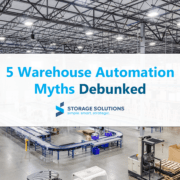

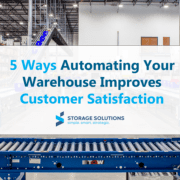
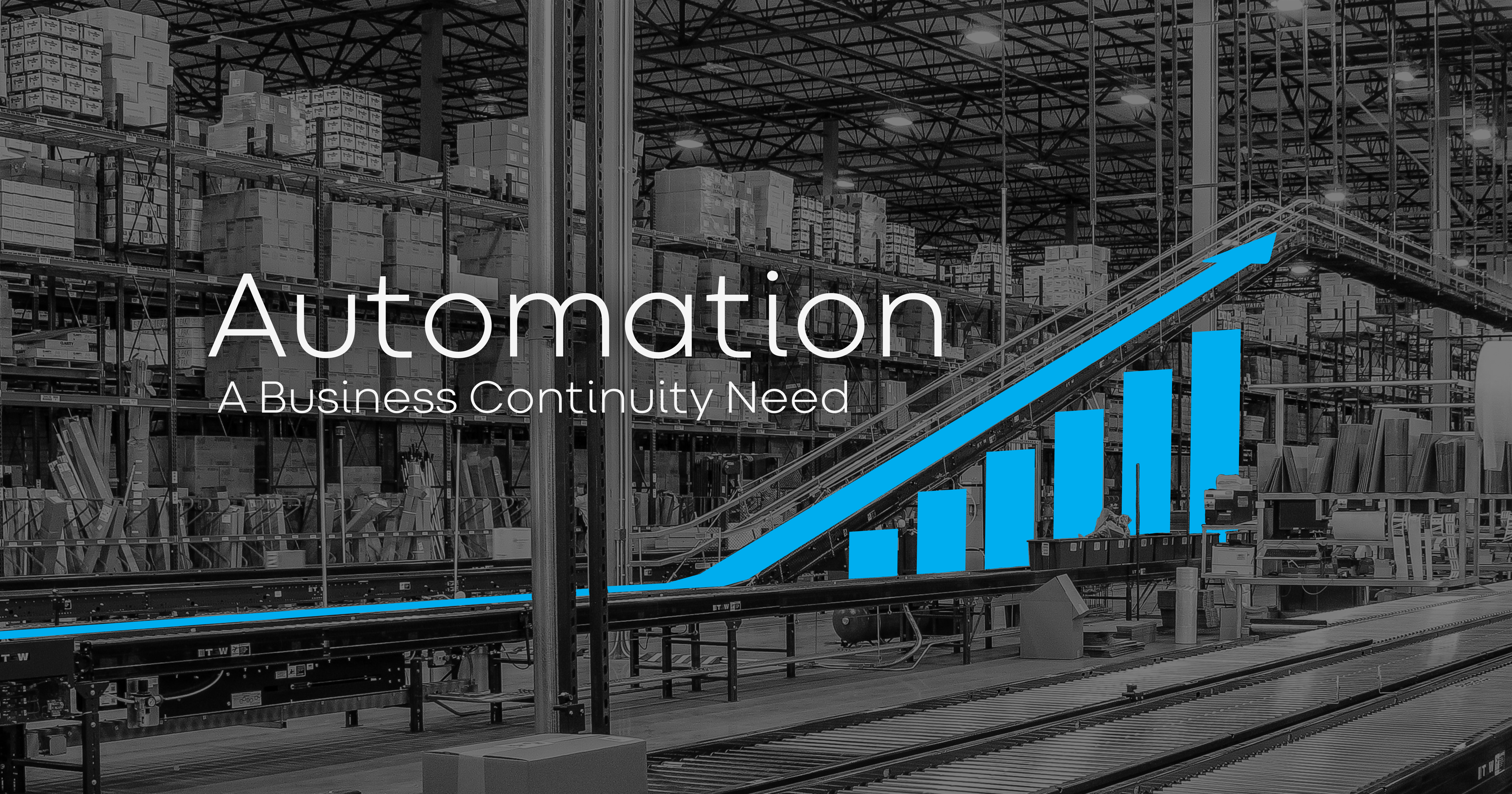
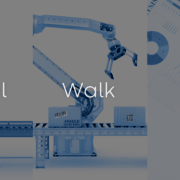


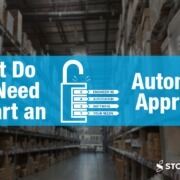
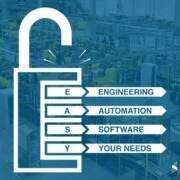
 With our EASY Appraisal, our team can work with you hand-in-hand to ensure the correct measures are being taken to help you achieve your goals.
With our EASY Appraisal, our team can work with you hand-in-hand to ensure the correct measures are being taken to help you achieve your goals.

